‘The Long, Long Life of Trees’ takes readers on a walk in the woods
The Long, Long Life of Trees explores the scientific, historical and cultural significance of apple, birch, elm and 14 other kinds of trees.
Every print subscription comes with full digital access

Science News spotlights 10 rising scientists who will transform their research fields over the coming decades.
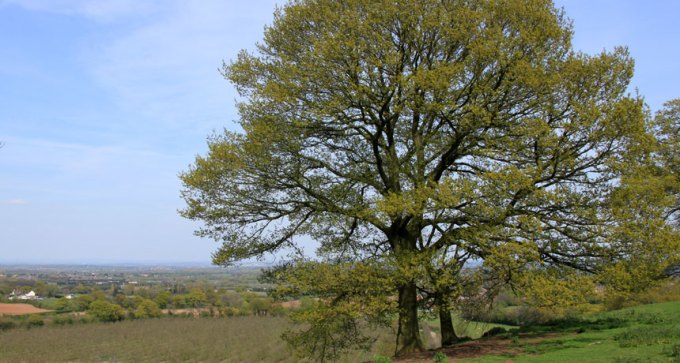
The Long, Long Life of Trees explores the scientific, historical and cultural significance of apple, birch, elm and 14 other kinds of trees.
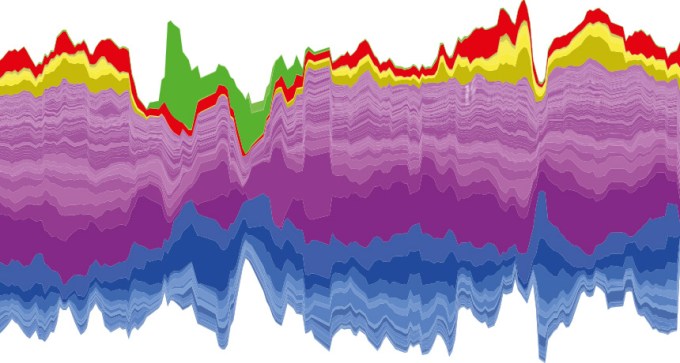
Computational biologist Lawrence David chronicled changes in his gut microbes for a year.
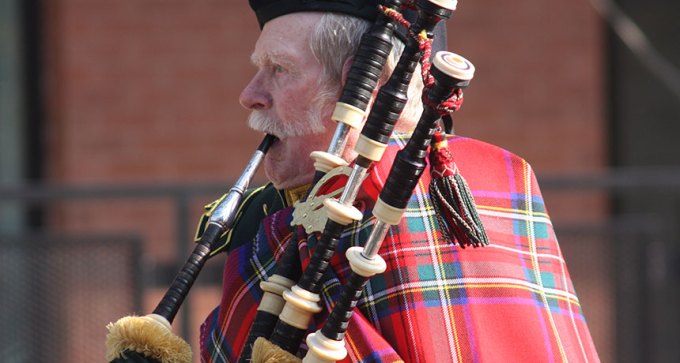
Bagpipes’ moist interiors may be the perfect breeding ground for yeasts and molds.

Scientists and journalists share a core belief in questioning, observing and verifying to reach the truth. Science News reports on crucial research and discovery across science disciplines. We need your financial support to make it happen – every contribution makes a difference.
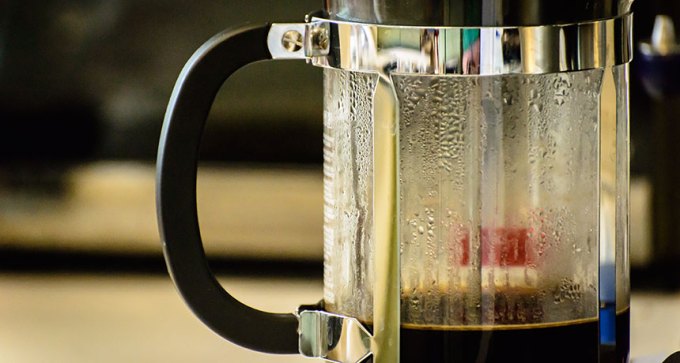
A gene involved in caffeine processing may control coffee consumption.
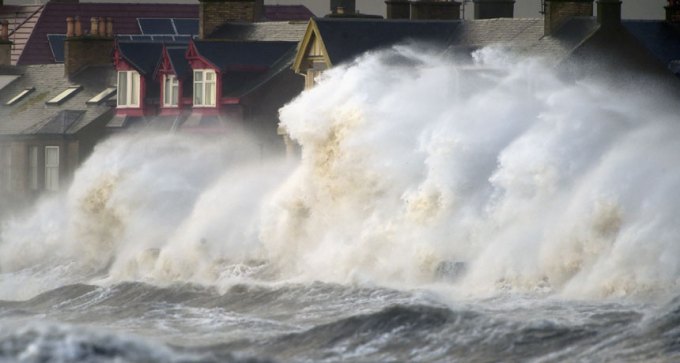
A rare type of deep-Earth tremor called an S wave generated by a rapidly strengthening storm could help scientists map the planet’s mantle and core.
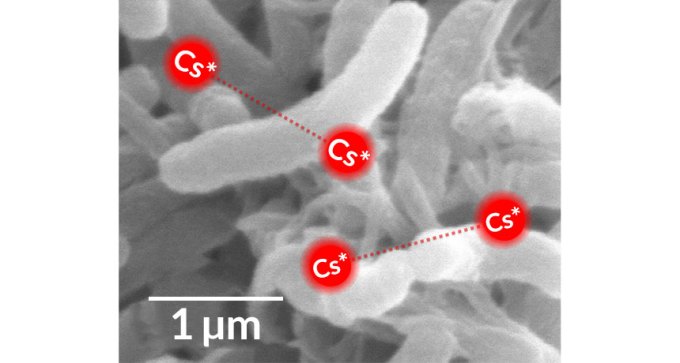
Cesium atoms with high-energy electrons pair up to form giant molecules.
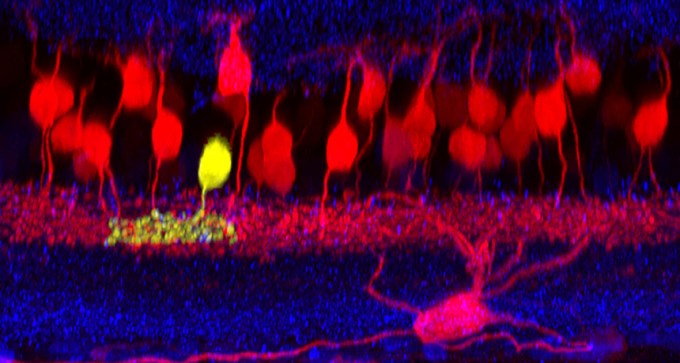
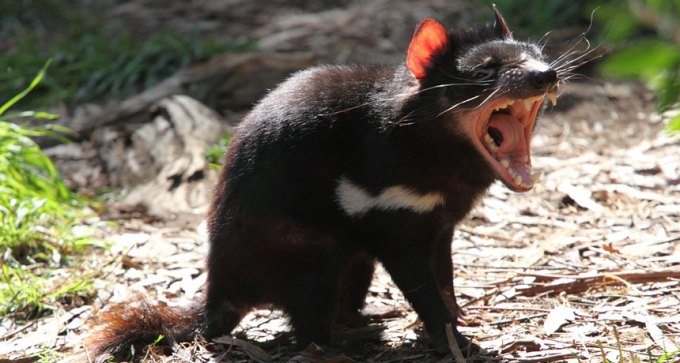
Tasmanian devils are evolving resistance to a deadly contagious cancer.

Dating to 3.7 billion years ago, mounds of sediment called stromatolites found in Greenland may be the oldest fossilized evidence of life on Earth.
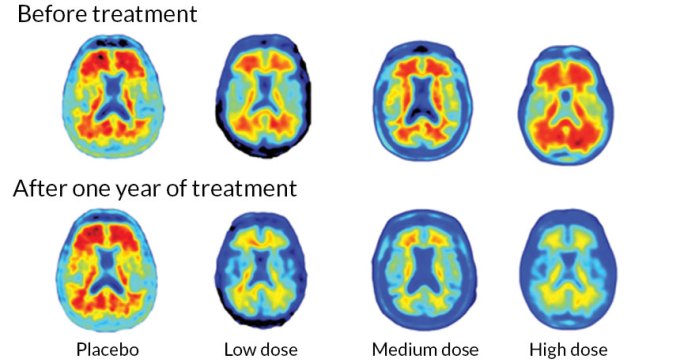
A much-anticipated Alzheimer’s drug shows promise in a new trial, but experts temper hope with caution.
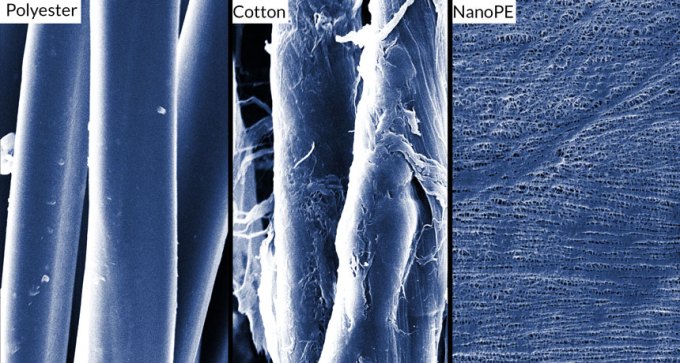
A plastic material like kitchen cling wrap may be the next big thing in high-tech clothing. The fabric lets heat pass through, but blocks visible light, making it opaque enough to wear.
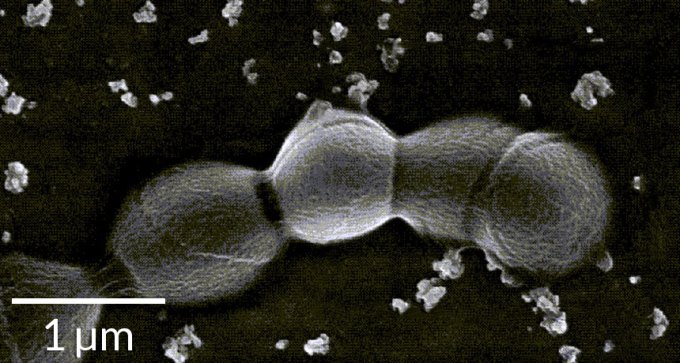
Vaginal bacteria may cause stillbirth by deploying tiny weapons
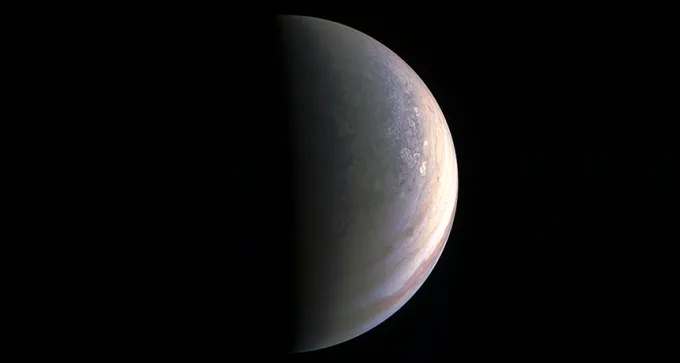
Hurricane-like clouds spiral over Jupiter’s poles, new photos taken by NASA’s Juno spacecraft reveal.
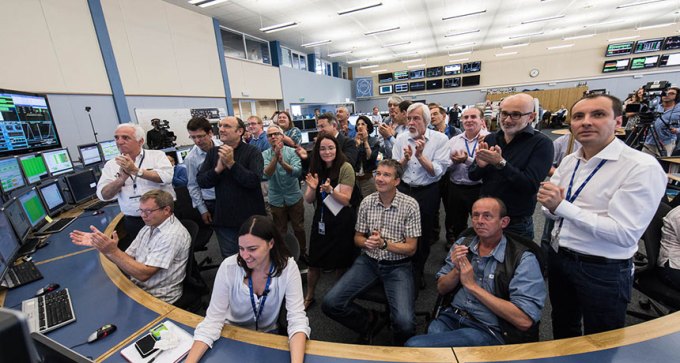
Accelerator experiments find no evidence to support popular particle physics theory known as supersymmetry.

Recommendations for President Barack Obama’s Cancer Moonshot include improved data sharing, focus on immunotherapy and commitment to patient engagement.

Cognitive neuroscientist Jessica Cantlon wants to find out how humans understand numbers and where that understanding comes from.
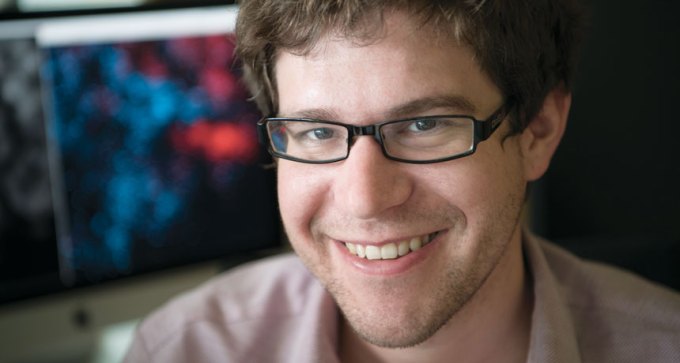
As a group leader at the Janelia Research Campus, Jeremy Freeman is equal parts neuroscientist, computer coder and data visualization whiz.
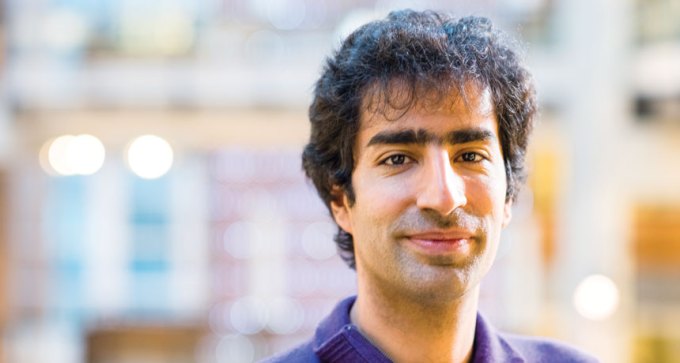
Theoretical computer scientist Shayan Oveis Gharan has identified connections between unrelated fields to tackle the traveling salesman problem.
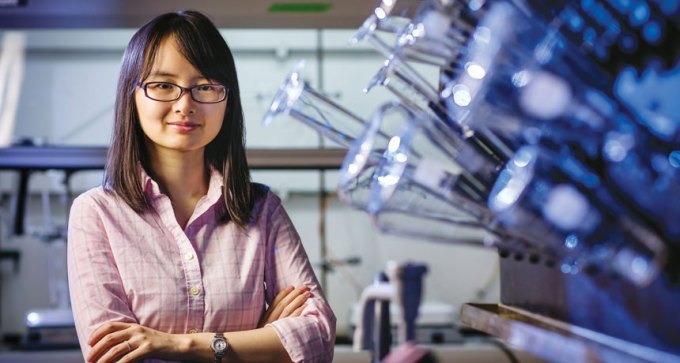
Materials scientist Qian Chen is coaxing nanomaterials to self-assemble in new and unexpected ways.
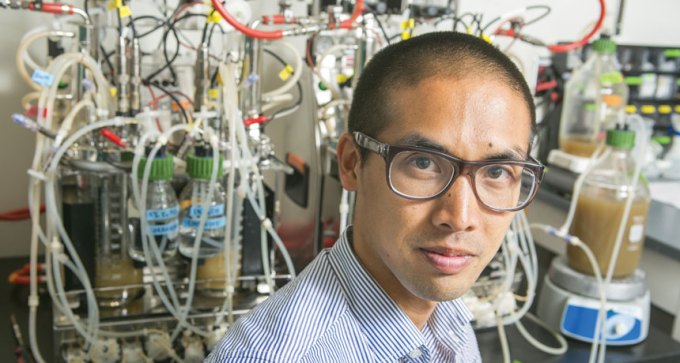
Computational biologist Lawrence David regularly opens himself to new scientific challenges, including tracking his own microbiome.
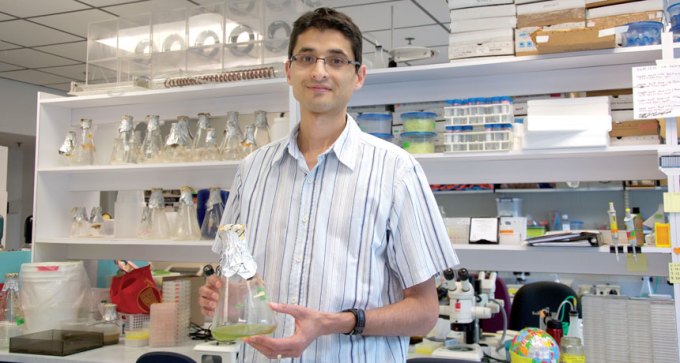
Evolutionary geneticist Aneil Agrawal is equally at home with real and hypothetical fruit flies.
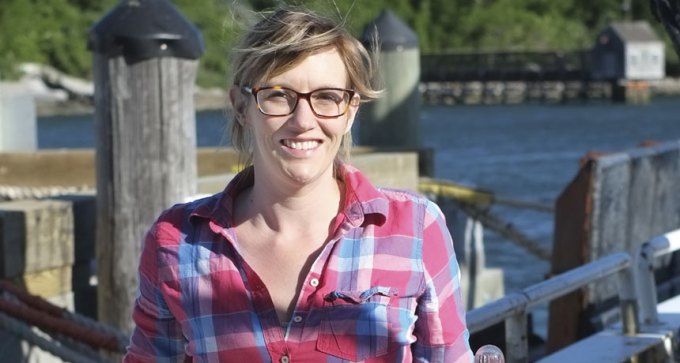
Drawn to the water early, oceanographer Melissa Omand now leads research cruises studying how carbon and nutrients move through the seas.
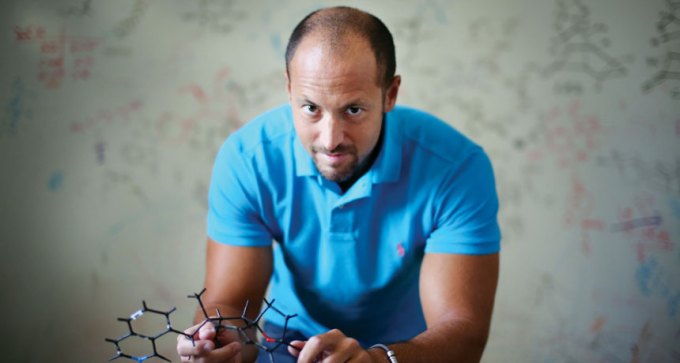
Chemist Phil Baran draws on artistry and creativity to efficiently synthesize molecules that could improve people's lives.
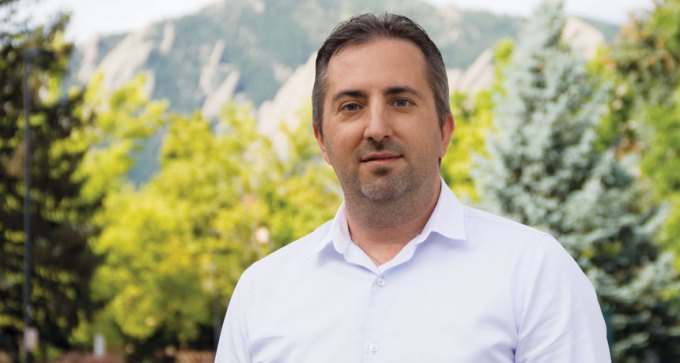
Laser physicist Tenio Popmintchev has created a Swiss-army-knife tool made of light.
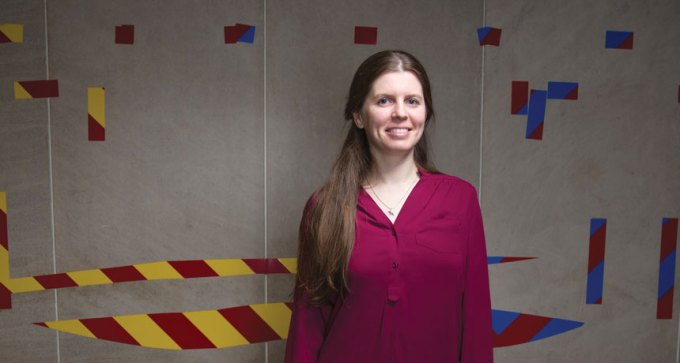
Astronomer Anna Frebel has discovered record-breaking stars, including the most pristine in the galaxy.
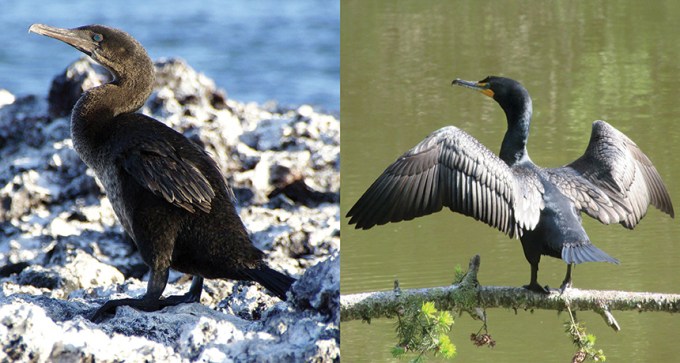
To collect DNA from four cormorant species, this scientist called in bird scientists far and wide.

To weigh themselves, astronauts still use technology invented about 50 years ago.
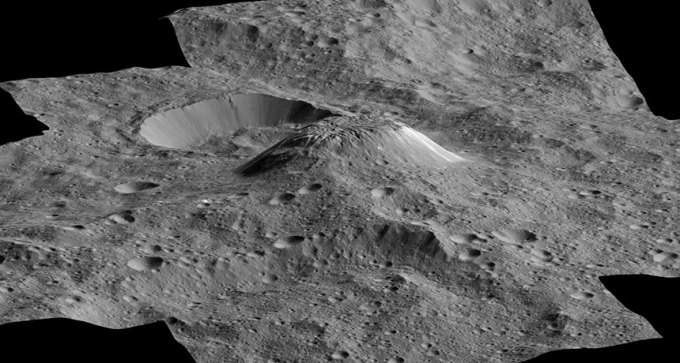
Findings from the Dawn spacecraft turn up cryovolcanoes, ice patches and hydrated minerals on Ceres, supporting the idea that water helped shape the dwarf planet.
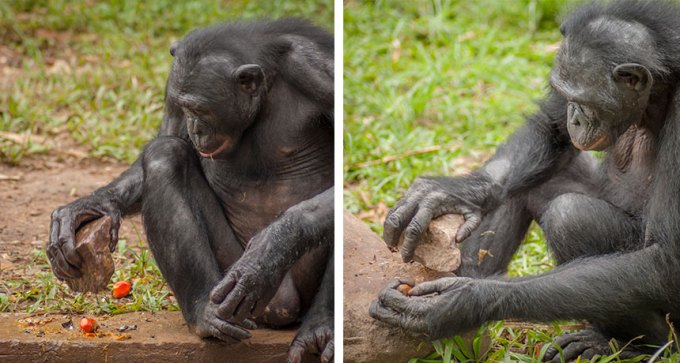
Bonobos demonstrate their overlooked nut-cracking skills in an African sanctuary.

Missing since November 2014, the Philae comet lander has been found lurking in the shadows on comet 67P/Churyumov-Gerasimenko.
Subscribers, enter your e-mail address to access the digital replica edition.